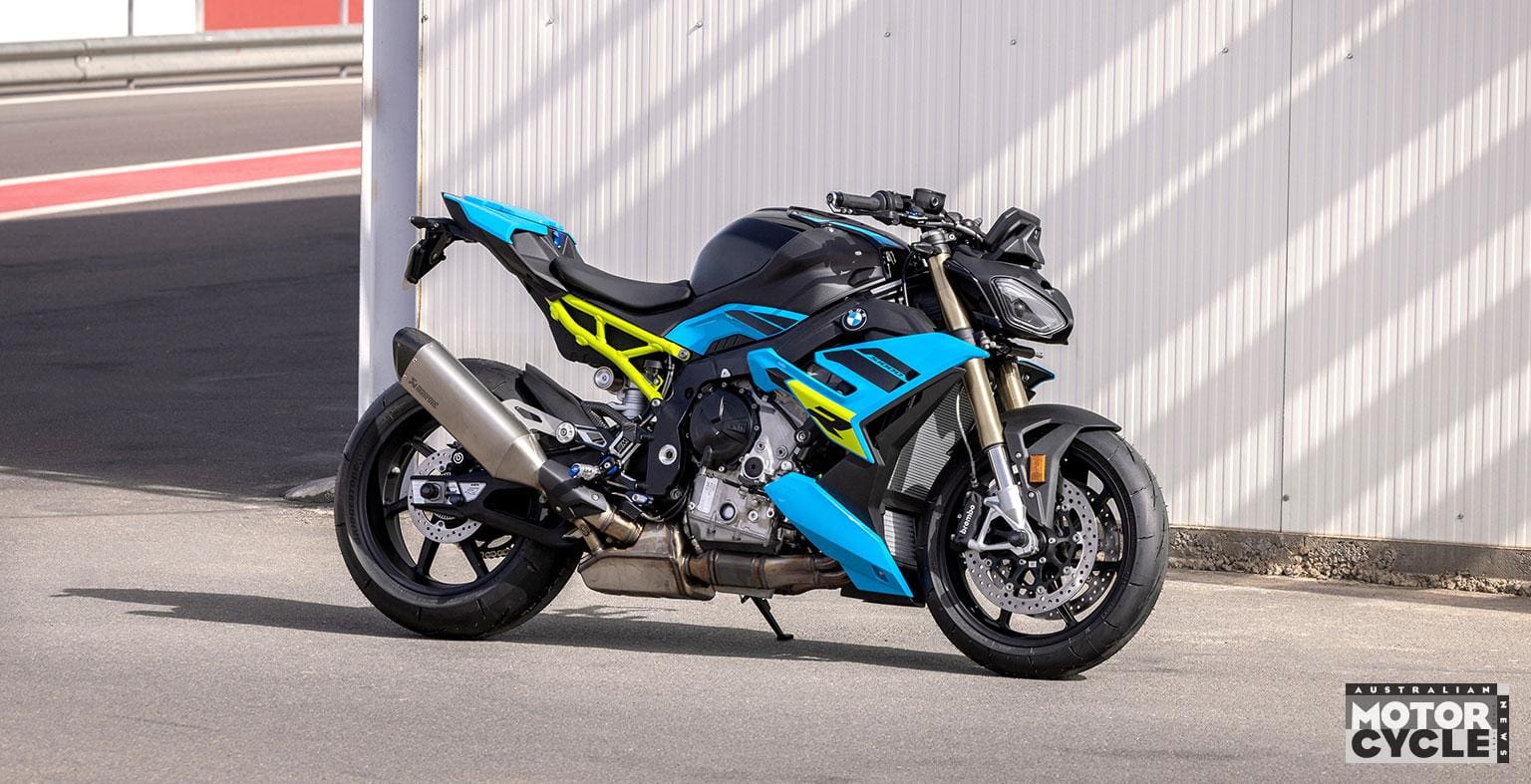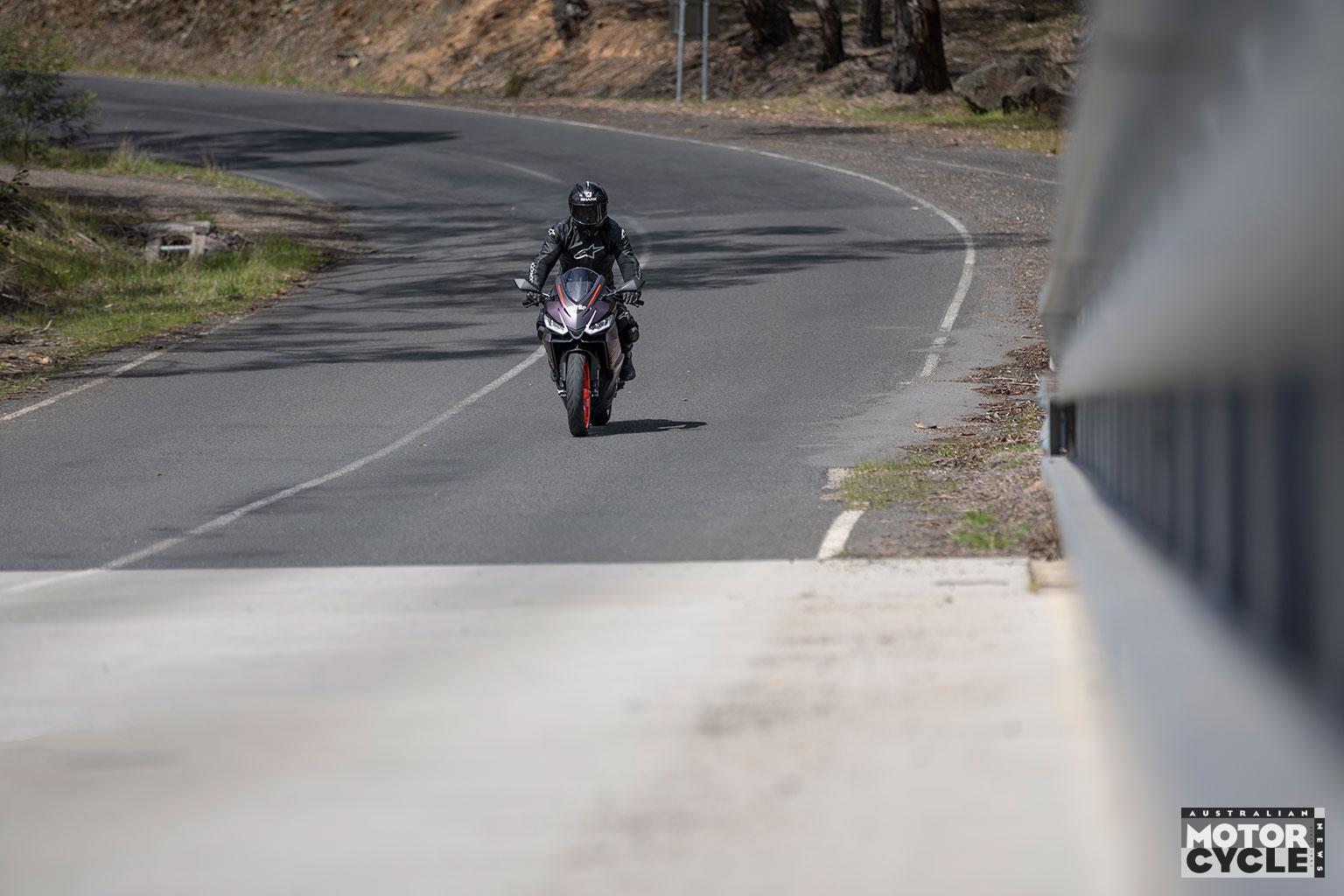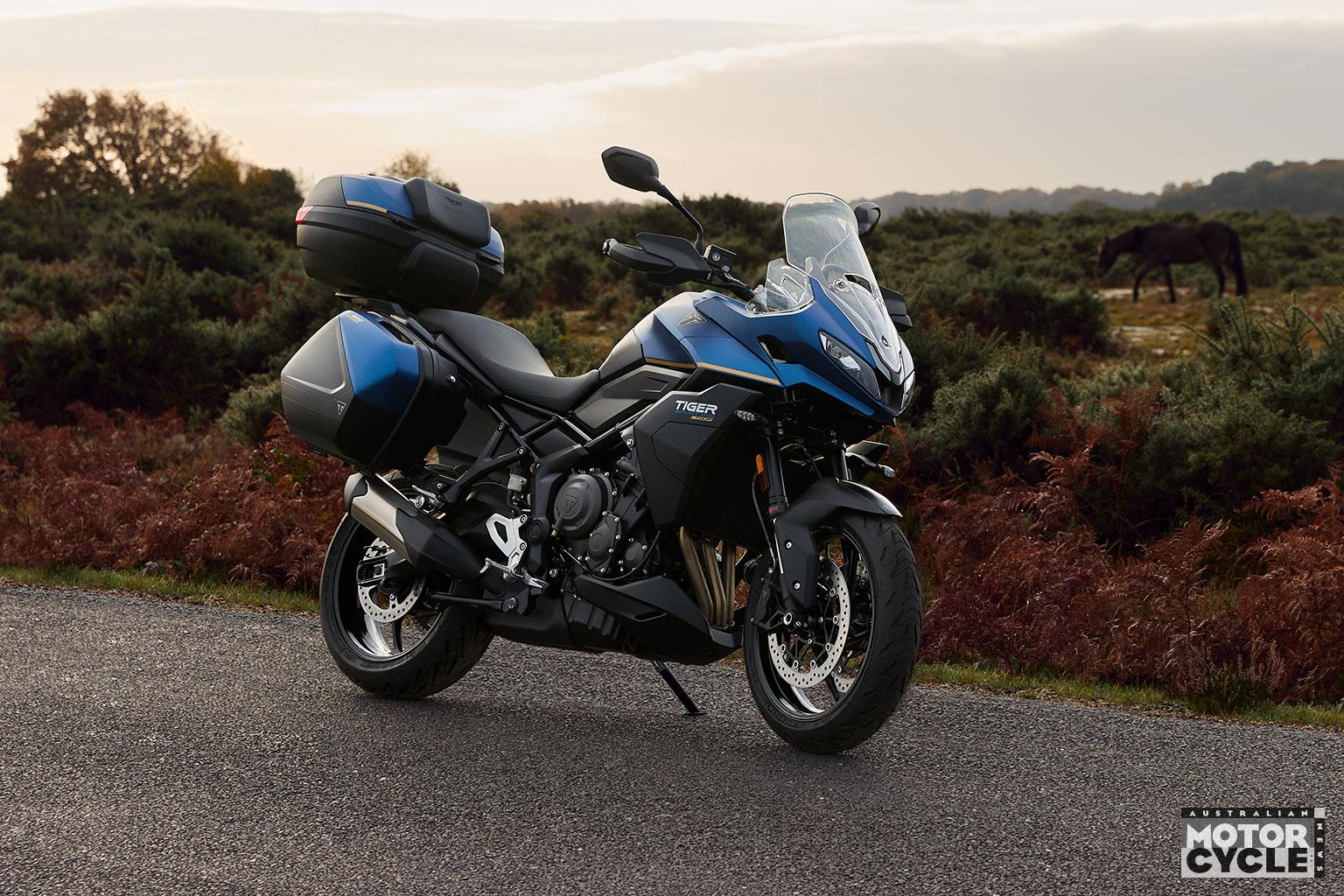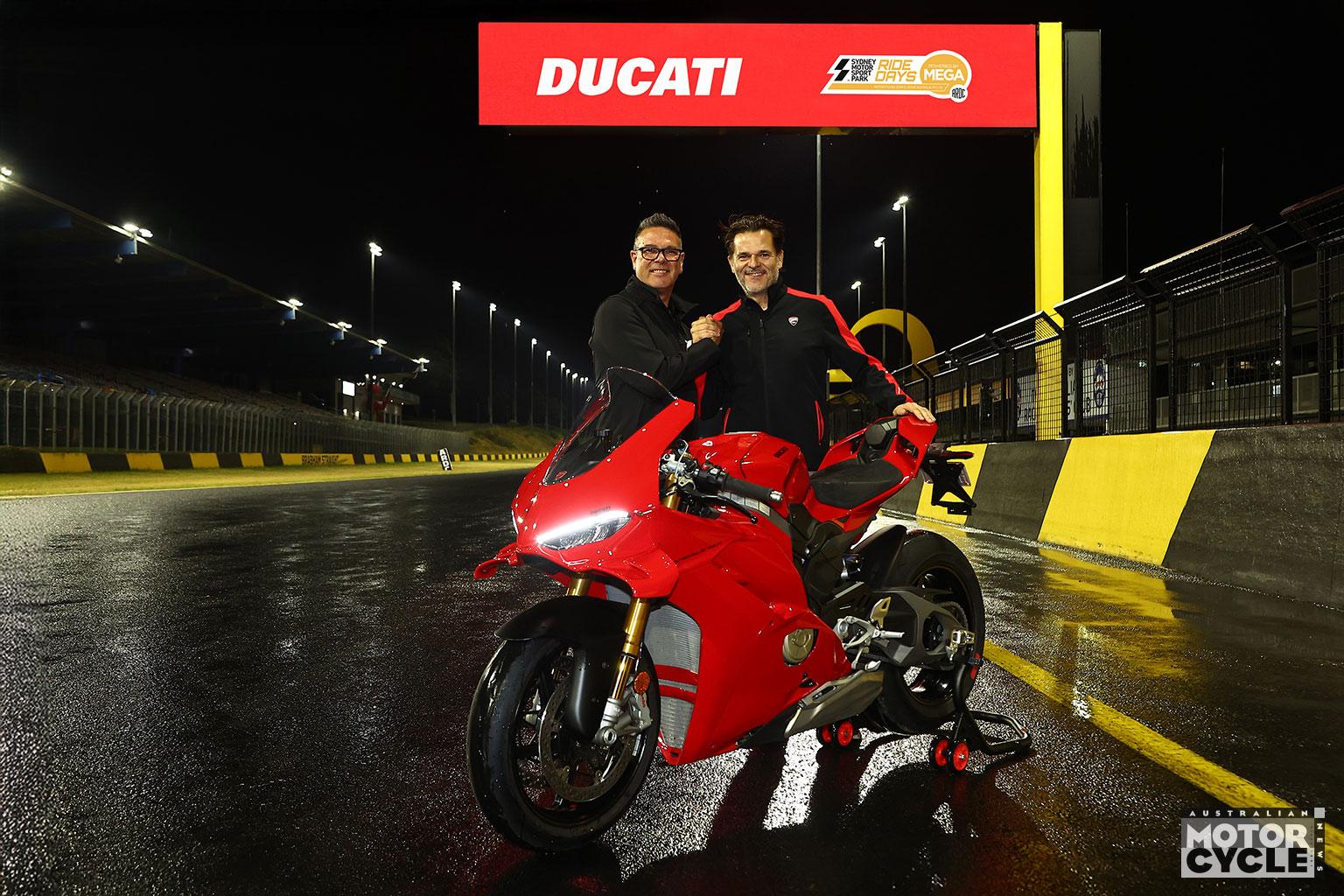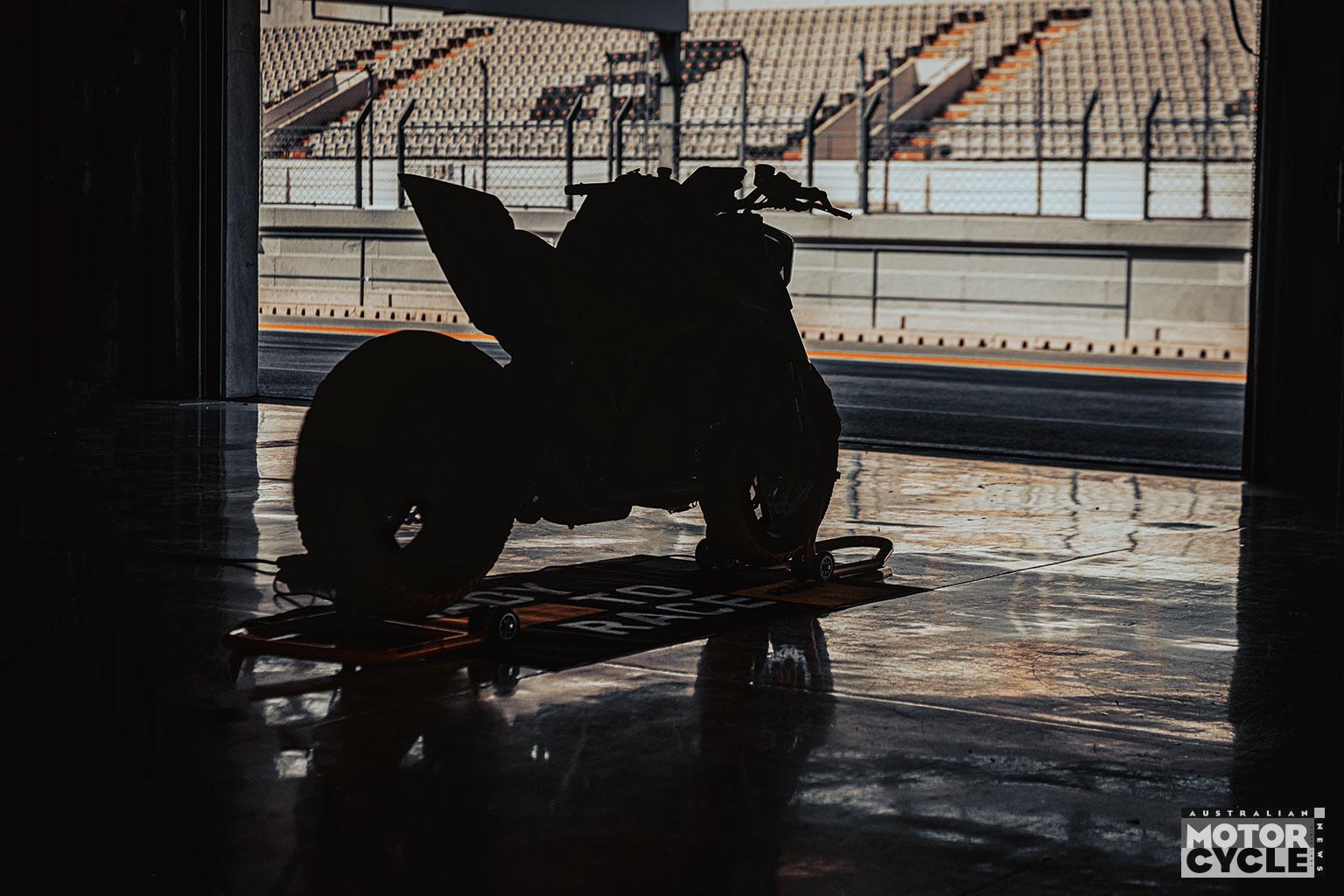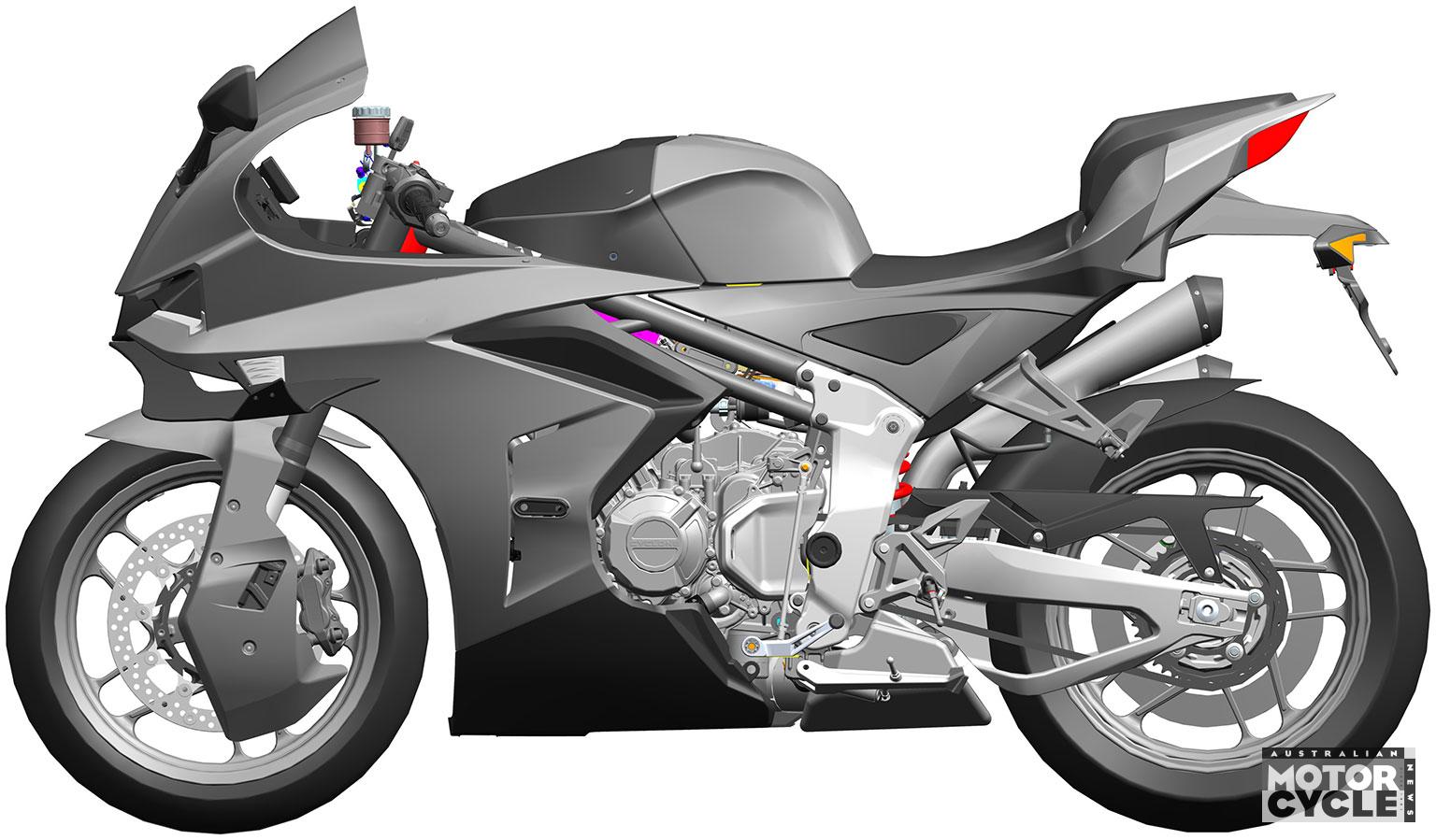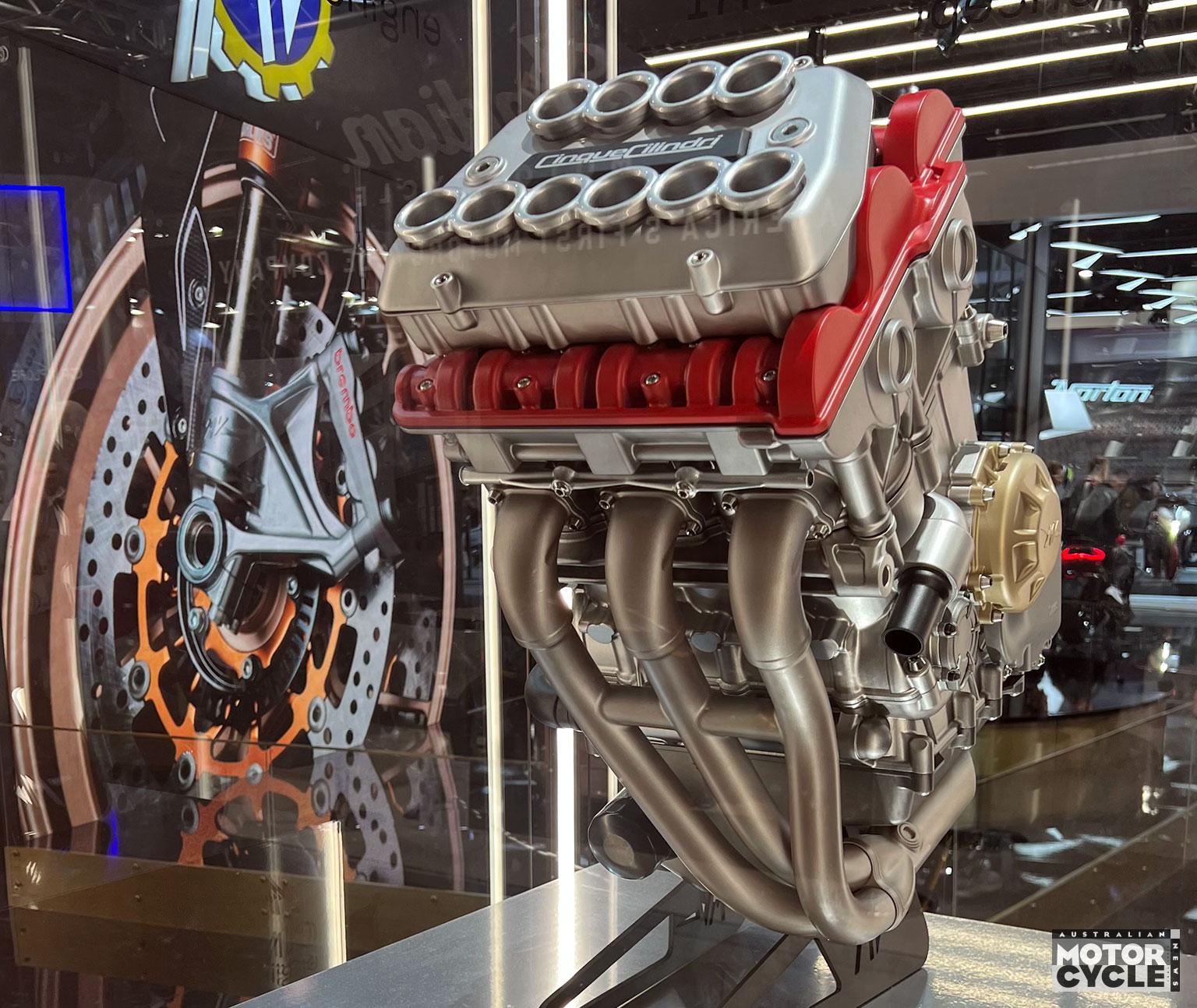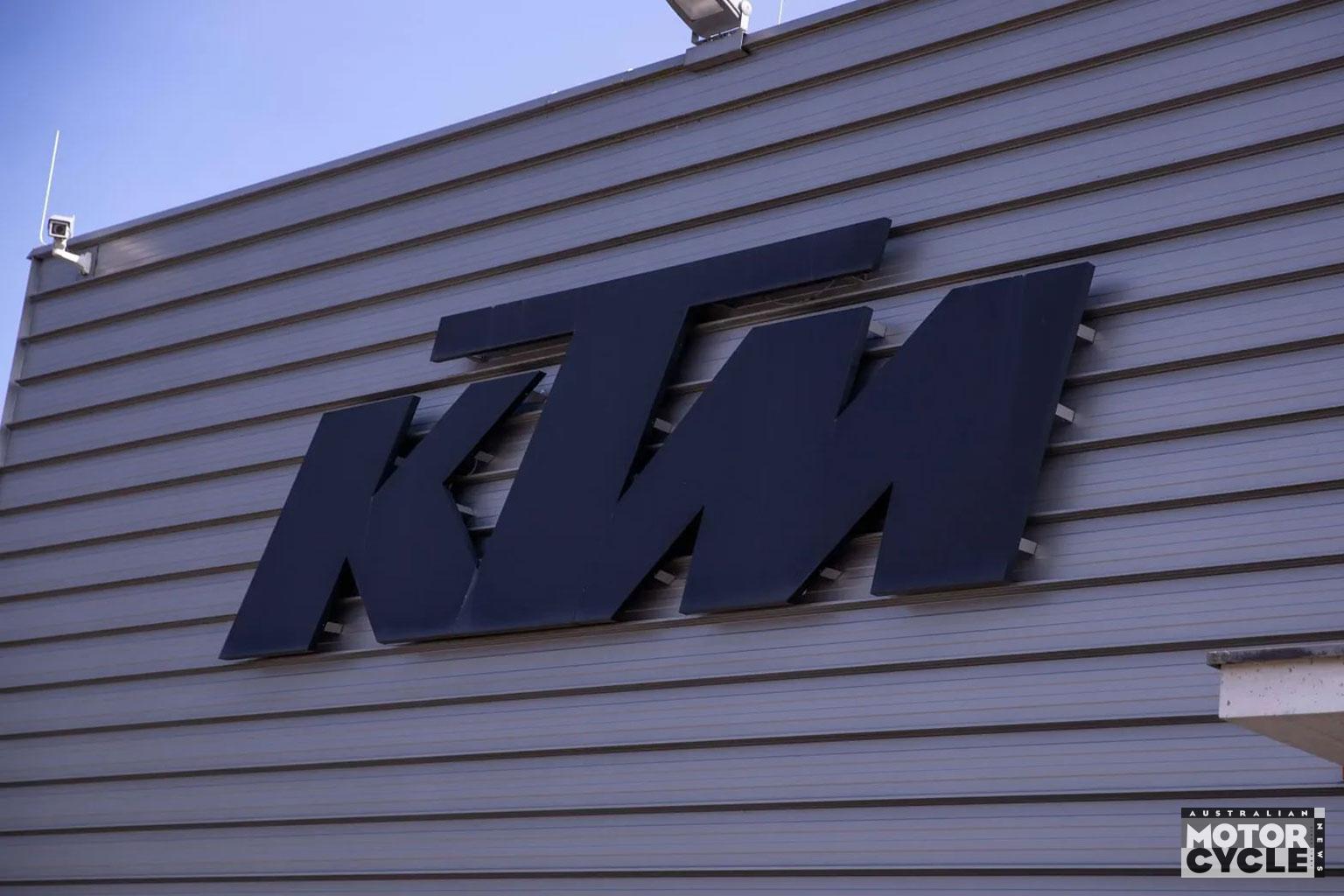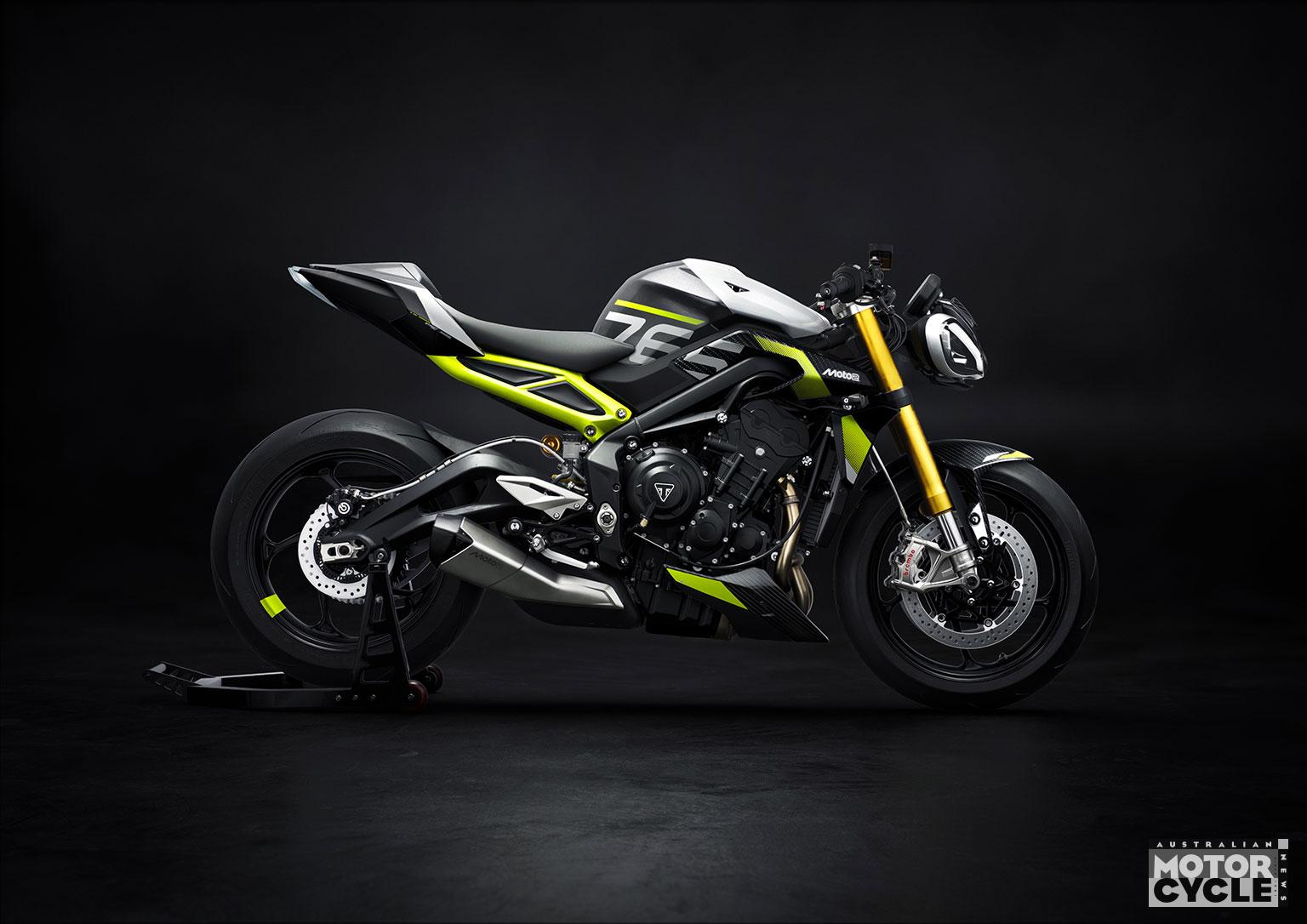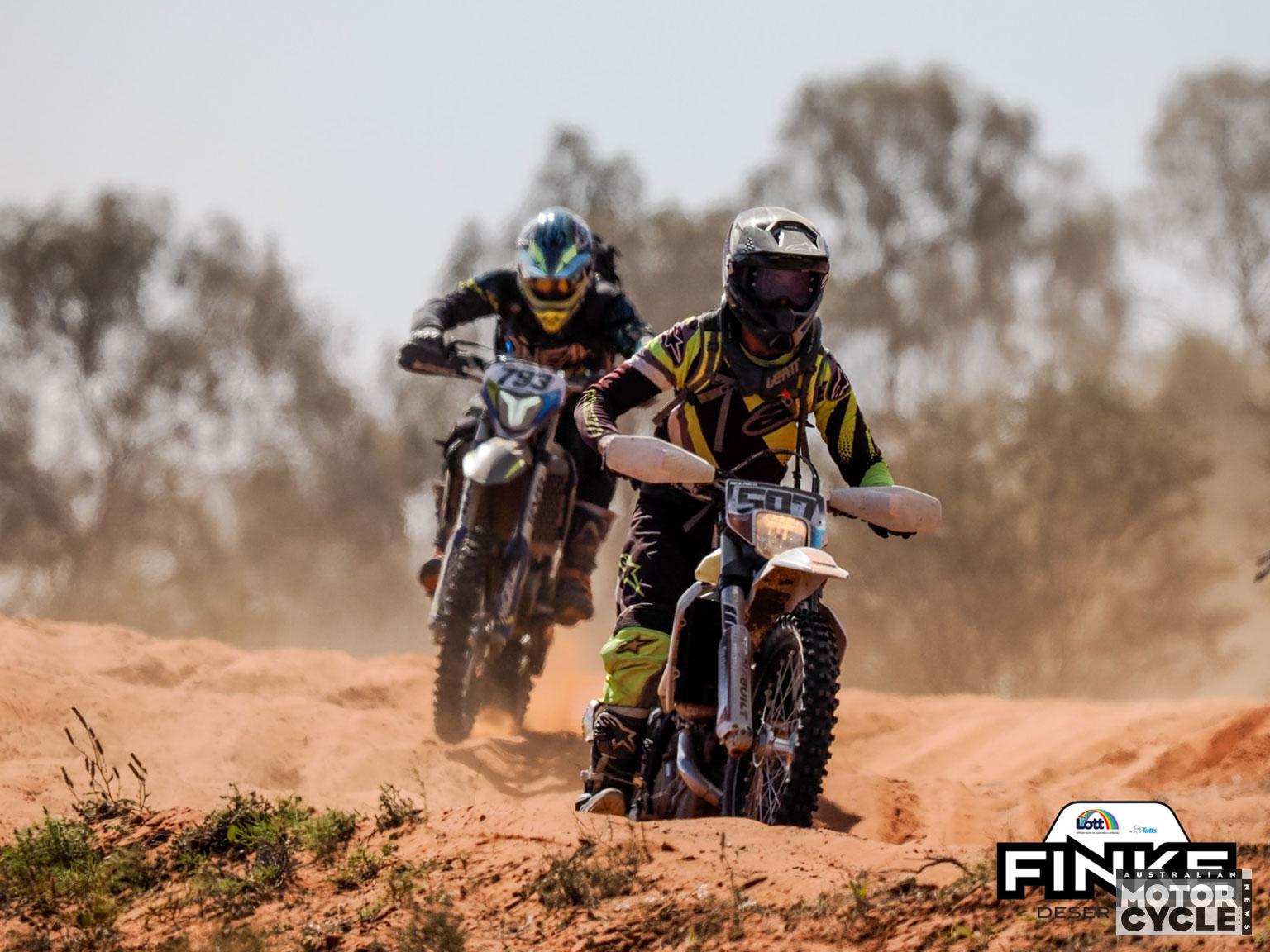The production version of the BMW Superbike Toprak Razgatlioglu will defend his world title on next season has been revealed. The 2025 M 1000 RR is part of an updated range that includes the S 1000 RR and naked M 1000 R and S 1000 R.
Starting at the very top, the M 1000 RR gains substantial engine revisions to boost its peak power by 4kW to 160kW (215hp), allied to improved aerodynamics that boost downforce without increasing drag.
The engine changes include the addition of titanium valves, a massive compression ratio of 14.5:1, up from 13.5:1, and new oval intake and exhaust ports. Larger, 52mm throttles replace the previous 48mm versions, and the exhaust is redesigned to suit the oval-shaped ports, redesigned combustion chambers, valve seat angles and new pistons.
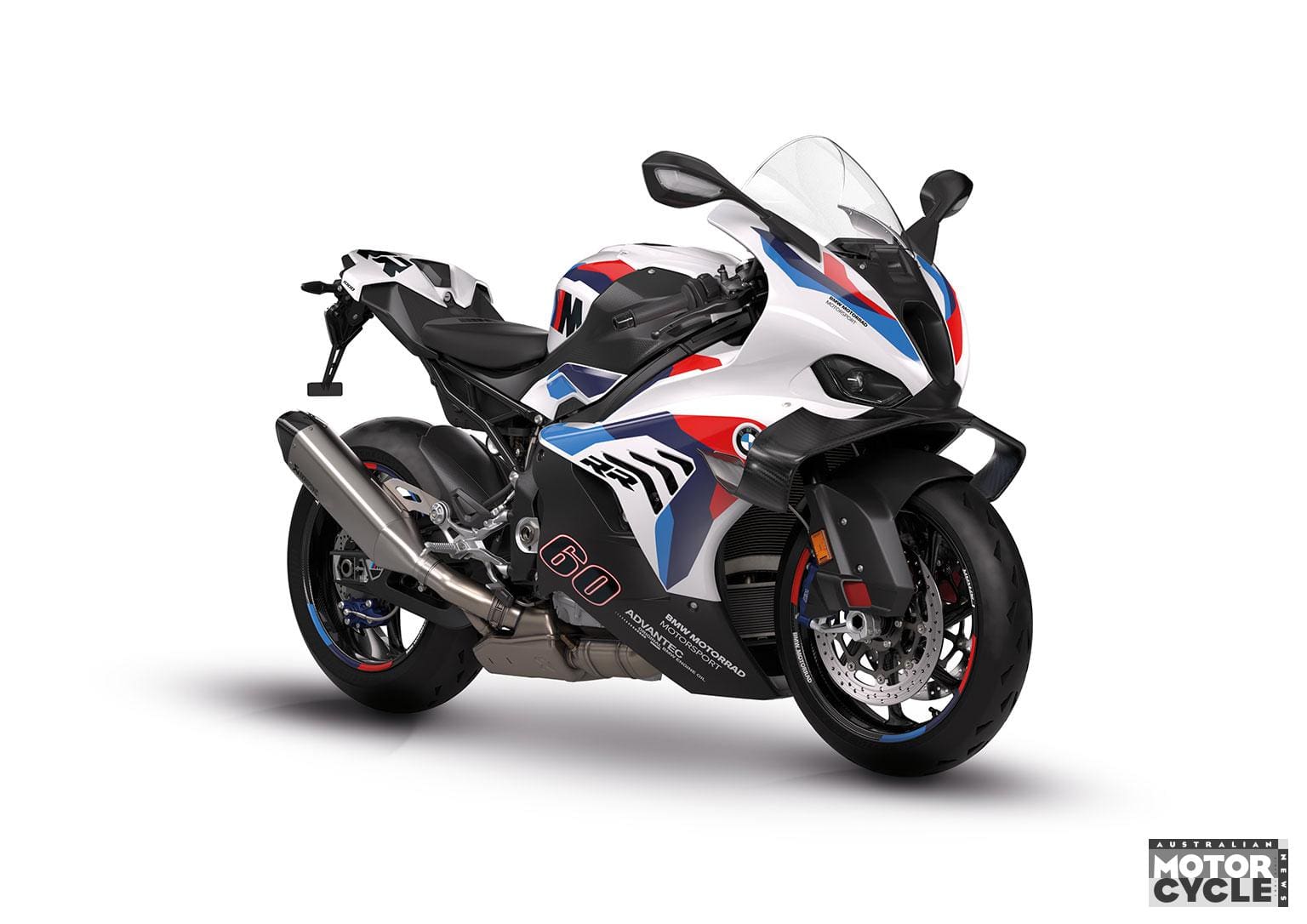
A reshaped front fairing gains larger carbon fibre winglets that boost downforce from 22.6kg at 300km/h to 30kg at the same speed, without reducing the bike’s outright maximum speed of 314km/h.
The frame is modified, moving the left upper engine mount from the cylinder head to the engine housing.
From a rider’s perspective, the extra power will be all the more noticeable because it’s accessed via a new short-action throttle – shared by the other models in range – which reduces the twistgrip’s movement from 72 degrees to just 58 degrees.
Updated electronics will harness all that performance and include a steering angle sensor that feeds into the traction control and ABS systems, along with the six-axis IMU, throttle position and wheel speed sensors. This allows the introduction of a new slide control function to allow a preset angle of drift on the way out of corners.

It also includes a brake slide assist system that does a similar job when you’re on the brakes on the way into a corner.
The more mainstream S 1000 RR superbike’s engine is only mildly tweaked to meet the latest Euro5+ emissions rules and retains the same 154kW (206hp) output that it had before.
Its main 2025 updates are visual and aerodynamic, with the adoption of new winglets on its fairing – which is still noticeably different to the M 1000 RR’s. The larger 2025 wings up the downforce level at 300km/h from 17.1kg to 23.1kg. New brake cooling ducts are added to the front mudguard and, like the
M 1000 RR, the S 1000 RR gets the new short-throw throttle allied to improved electronics that now include the ‘Race Pro’ modes – previously optional – as standard.

BMW’s two superbike-derived roadsters, the M 1000 R and S 1000 R, also get revised for 2025, including a facelift that we recently scooped on these pages. That visual change, applied to both models, includes dual headlights similar to those on the superbikes to replace the single-lamp set-up used on the last generation models.
As before, the M 1000 R uses the same engine spec as the S 1000 RR, including BMW’s ShiftCam variable valve timing and lift for a peak output of 154kW and, like the superbike, it gets the short-action throttle.
The S 1000 R gets the same visual changes but sticks with the non-ShiftCam version of the four-cylinder engine, limiting it to ‘only’ 125kW (167.5hp). That’s an improvement over the 2024 version, which had 121kW.The rise is due to redesigned intake ports and new ECU maps.
Other tweaks include the M 1000 R’s shorter licence plate bracket, a new USB-C charger port under the seat, and BMW’s E-Call emergency call system, which attempts to contact the rider if an accident is detected and can alert emergency services if required or if the rider can’t be contacted.
